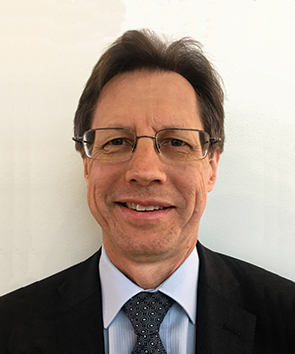Scientific Program
Keynote Session:
Title: The impact of exercise and education on health outcomes in women with osteoarthritis
Biography:
Candice Hendricks is currently completing her Ph.D. in physiotherapy and is a lecturer at the University of Cape Town, South Africa. She has special teaching and research interest in orthopedics and specifically, in the non-pharmacological management of osteoarthritis at the primary healthcare level.
Abstract:
The aim of the study was to examine the impact of a six-week exercise, education, and self-management intervention on pain and physical function in women with OA at a local primary health care clinic in Cape Town. In a randomized control trial, the single-blinded, pre-test-post-test design was used. Women (N=63) with osteoarthritis (OA) were recruited (EXP=31, CON=32) and completed a six-week intervention and the 12-week follow-up testing. Furthermore, the groups were similar in age, personality, and socio-economic characteristics at baseline testing. There was a significant difference between the groups over the 12-week study. For the primary outcome measure, function, and disability according to WHODAS, a significant reduction in scores was evident at week 12 (p<0.01) between groups. For the lower limb functional tests according to Aggregated locomotor function tests (ALF), a significant improvement in scores was noticed at week 6 (p<0.01) between groups. In addition, there was a significant effect over the 12 weeks with improvements in scores for pain severity (p=0.02) and pain interference (p<0.01) of the BPI at weeks 6 and 12. This study found that the six-week intervention had significantly reduced the functional disability scores, reduced the overall time to complete the functional tests (walking, climbing stairs, sit-to-stand), and reduced the pain severity and interference scores, thereby improving pain and physical function in women with OA in the EXP group. This intervention could be appropriate to implement at PHC clinics to help reduce pain and improve physical function in women suffering from osteoarthritis.
Title: An effective simulation centre "Getting the design right "
Biography:
Ross Horley has been involved in the development and deployment of simulation-based training for medical and surgical skills for over 19 years. A pioneer in many areas, he has been involved in the design of over 30 advanced clinical skills and simulation training facilities around the world, including the Royal College of Surgeons of England, Royal Australasian College of Surgeons, the National Health Service in the UK, the Chinese University of Hong Kong, the Third Military Medical University Hospital Chongqing and SingHealth to name a few. He has developed award-winning virtual reality simulators for medical procedures and created an innovative process of training course development, which forms the basis of benchmarking skills for ongoing accreditation. He is an Adjunct Senior Lecturer for the School of Medicine in the University of Notre Dame, Australia, and a contributing author for an Oxford University Press-published book, “Manual of Simulation in Healthcare” first and second editions.
Abstract:
With the increase in the use of simulation as a viable training technology, there is a considerable need to provide areas where simulation can be effectively and efficiently deployed. The level of complexity required for those spaces for the utilization of various simulators varies greatly from a totally immersive environment to just a desk. A considerable effort is required in the planning of simulator-based training areas to maximize the benefits of the technology. Flexibility is one of the key criteria as well as a high degree of future-proofing. In many cases simulation equipment and associated systems are shoehorned into existing areas therefore the need for creative design and a detailed understanding of simulation-based training is more critical. More challenges exist with low budgets, non-recurring funding. There are some basic design rules which are very applicable in meeting the challenges as well as technological solutions. The process of identifying what technology and design s works and what won't is based on a needs analysis with the outcomes weighted against financial, technological, and educational criteria. The process is not just area design but a multifaceted approach.



